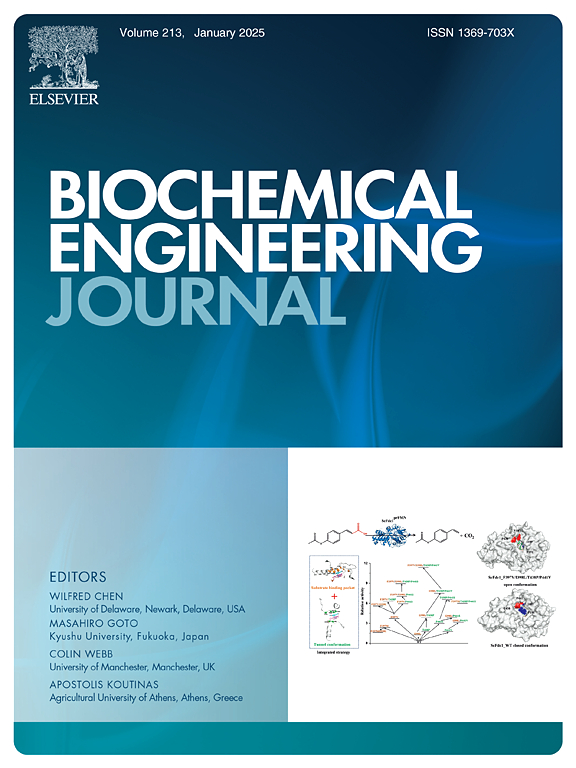A novel magnetic fluorescent nanoprobe for simultaneous separation and identification of microRNA199a in breast cancer
IF 3.7
3区 生物学
Q2 BIOTECHNOLOGY & APPLIED MICROBIOLOGY
引用次数: 0
Abstract
Background
Rapid and early diagnosis of the specific biomarkers and symptoms can increase the efficiency of treatment and reduce the mortality rate of breast cancer as the second cause of cancer death among women worldwide. MicroRNA199 (miR199) as a member of the most important microRNAs families is one of these circulating biomarkers that its dysregulation is associated with the development and progression or suppression of variety of cancers.
Method
In this regard, a magnetic fluorescent nanoprobe was designed and fabricated for separation and identification of microRNA199 (miR199) biomarker in breast cancer. Therefore, the surfaces of synthesized silica-coated Fe3O4 and CdTe quantum dots were functionalized with two specific probes for miR199 and then characterization techniques were performed to confirm the nanoprobes synthesis steps. The performance of magnetic fluorescent nanoprobes was analyzed by hybridization process of nanoprobes and miR199 sequences. Subsequently, nanoprobes hybridization steps were performed by the extracted RNAs from 10 samples from women with breast cancer and the expression of miR199a in clinical samples was examined by Real-Time PCR.
Results
The results showed that the limit of detection is as low as 0.48 pM and separation and identification can be performed in less than an hour with high specificity.
Conclusion
The synthesized nanoprobes were able to rapid isolation and identification of the MicroRNA199 with high specificity and sensitivity.
一种新型磁性荧光纳米探针,用于同时分离和鉴定乳腺癌中的 microRNA199a
本文章由计算机程序翻译,如有差异,请以英文原文为准。
求助全文
约1分钟内获得全文
求助全文
来源期刊

Biochemical Engineering Journal
工程技术-工程:化工
CiteScore
7.10
自引率
5.10%
发文量
380
审稿时长
34 days
期刊介绍:
The Biochemical Engineering Journal aims to promote progress in the crucial chemical engineering aspects of the development of biological processes associated with everything from raw materials preparation to product recovery relevant to industries as diverse as medical/healthcare, industrial biotechnology, and environmental biotechnology.
The Journal welcomes full length original research papers, short communications, and review papers* in the following research fields:
Biocatalysis (enzyme or microbial) and biotransformations, including immobilized biocatalyst preparation and kinetics
Biosensors and Biodevices including biofabrication and novel fuel cell development
Bioseparations including scale-up and protein refolding/renaturation
Environmental Bioengineering including bioconversion, bioremediation, and microbial fuel cells
Bioreactor Systems including characterization, optimization and scale-up
Bioresources and Biorefinery Engineering including biomass conversion, biofuels, bioenergy, and optimization
Industrial Biotechnology including specialty chemicals, platform chemicals and neutraceuticals
Biomaterials and Tissue Engineering including bioartificial organs, cell encapsulation, and controlled release
Cell Culture Engineering (plant, animal or insect cells) including viral vectors, monoclonal antibodies, recombinant proteins, vaccines, and secondary metabolites
Cell Therapies and Stem Cells including pluripotent, mesenchymal and hematopoietic stem cells; immunotherapies; tissue-specific differentiation; and cryopreservation
Metabolic Engineering, Systems and Synthetic Biology including OMICS, bioinformatics, in silico biology, and metabolic flux analysis
Protein Engineering including enzyme engineering and directed evolution.
 求助内容:
求助内容: 应助结果提醒方式:
应助结果提醒方式:


